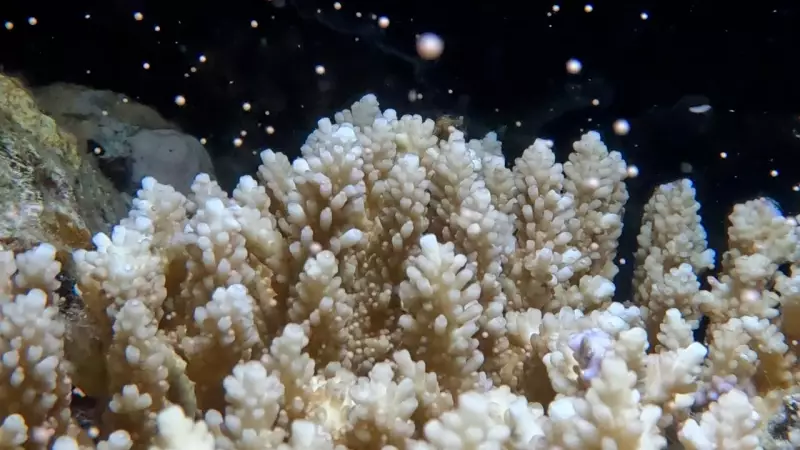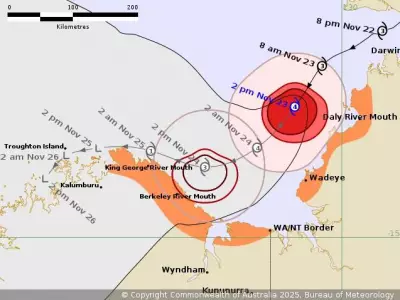
In an unprecedented development that has thrilled marine scientists, coral transplanted onto the Great Barrier Reef has reproduced for the first time ever. This landmark event occurred at Moore Reef, located off the coast of Cairns, marking a critical milestone for reef restoration projects worldwide.
A Watershed Moment for Reef Recovery
The extraordinary discovery was made by researchers from the Coral Nurture Program, a collaborative initiative between tourism operators and scientists. During routine monitoring in November, the team observed approximately 30 planted corals releasing reproductive material into the water, confirming they had reached sexual maturity and were participating in the reef's annual spawning event.
This breakthrough is particularly significant because it demonstrates that corals moved or planted by human intervention can not only survive but fully integrate into their ecosystem's natural reproductive cycles. Dr. Kate Quigley, a principal research scientist from the Minderoo Foundation, described the discovery as "incredibly exciting" and confirmed this represents the first documented case of planted coral reproduction on the Great Barrier Reef.
The Coral Nurture Program's Innovative Approach
The Coral Nurture Program, established in 2018, represents a unique partnership between tourism operators and research institutions. Unlike traditional restoration methods that often rely on volunteers, this program trains tourism staff to assist with coral planting and maintenance, creating a sustainable model for ongoing reef care.
The program employs special "coral clips" developed by the project's co-founder, Tropmarine, which allow for rapid attachment of coral fragments to the reef structure. This method has proven highly effective, with the program planting over 100,000 corals across 34 different sites since its inception.
What makes this achievement even more remarkable is the relatively short time frame. Many of the reproducing corals were less than three years old when they spawned, challenging previous assumptions about how quickly transplanted corals can reach reproductive maturity.
Broader Implications for Reef Conservation
This successful reproduction event provides compelling evidence that active restoration can complement broader conservation efforts. As Dr. Quigley emphasized, "It's not just about keeping corals alive, but it's also about keeping reefs reproducing and keeping them having babies."
The implications extend beyond the Great Barrier Reef, offering hope for coral ecosystems globally facing threats from climate change, warming waters, and bleaching events. The fact that these corals spawned successfully suggests that restored sections of reef can contribute to natural recovery processes rather than simply maintaining existing coral cover.
The Coral Nurture Program plans to expand its efforts, with tourism operators continuing to play a crucial role in both restoration and monitoring. This partnership model demonstrates how local industries can actively contribute to environmental conservation while maintaining their operations.
As coral reefs worldwide face increasing pressure from climate change, this breakthrough at Moore Reef offers a tangible demonstration that human-assisted recovery can create self-sustaining coral communities, potentially helping to safeguard these vital ecosystems for future generations.





